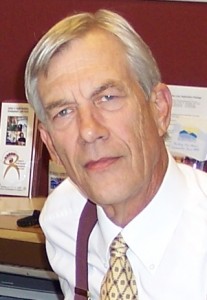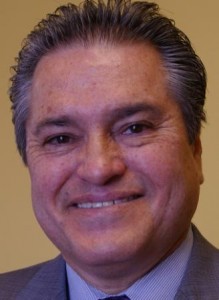
Virtually everyone in New Mexico has seen signs made by P&M Signs. Article by Jason Gibbs.
You’ve seen the signs.
For nearly half a century, Phil Archuletta, the CEO of P&M Signs, has crafted signs for the U.S. Forest Service and the Bureau of Land Management. He got his start in 1970 in Ojo Caliente before opening P&M Signs in Mountainair in 1991. He now employs a dozen people in the rural community in Central New Mexico.
If you’ve toured a national forest, Archuletta’s signs likely guided your way. If you’ve seen the ubiquitous Smokey Bear fire danger signs in New Mexico, that’s his handiwork. Stopped to read a historical marker in the state? Yup, that’s his too.
The signs are produced in an 11,000 square-foot, $1 million facility in Mountainair. He’s designed and manufactured Forest Service road signs all over the country, “coast to coast,” he said. Around 70 percent of the signs in New Mexico are churned out of the giant, blue building in Mountainair with “lots of cars parked around it,” Archuletta said. He also holds a patent for the road closure signs used in the national forest and BLM lands. Continue reading





